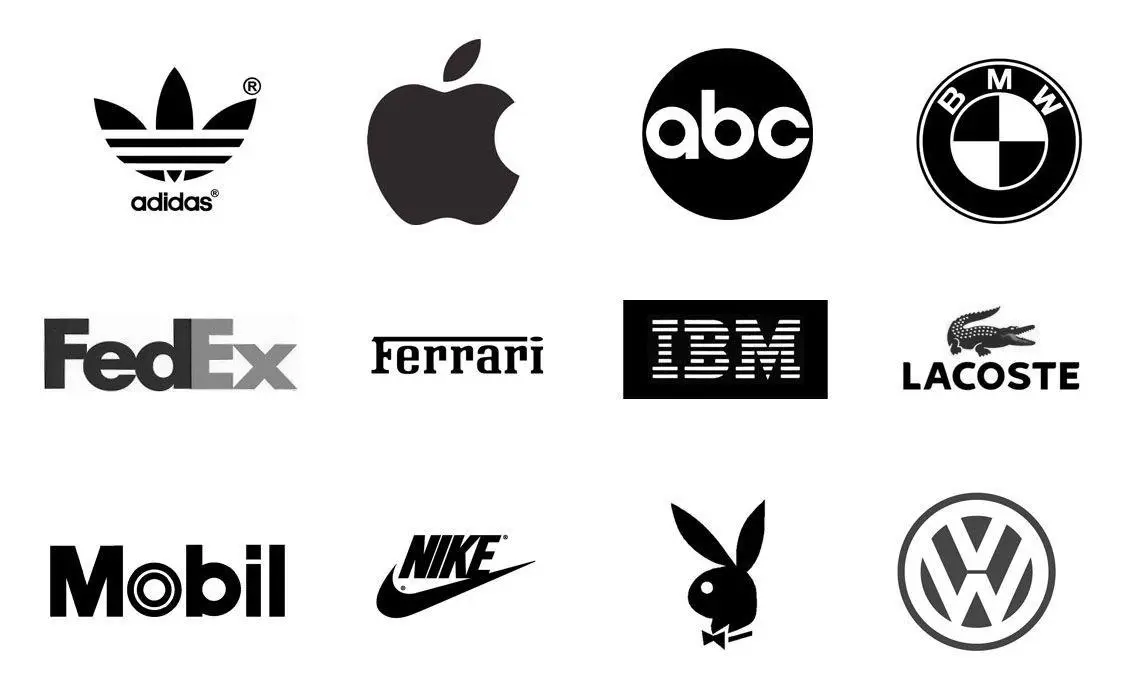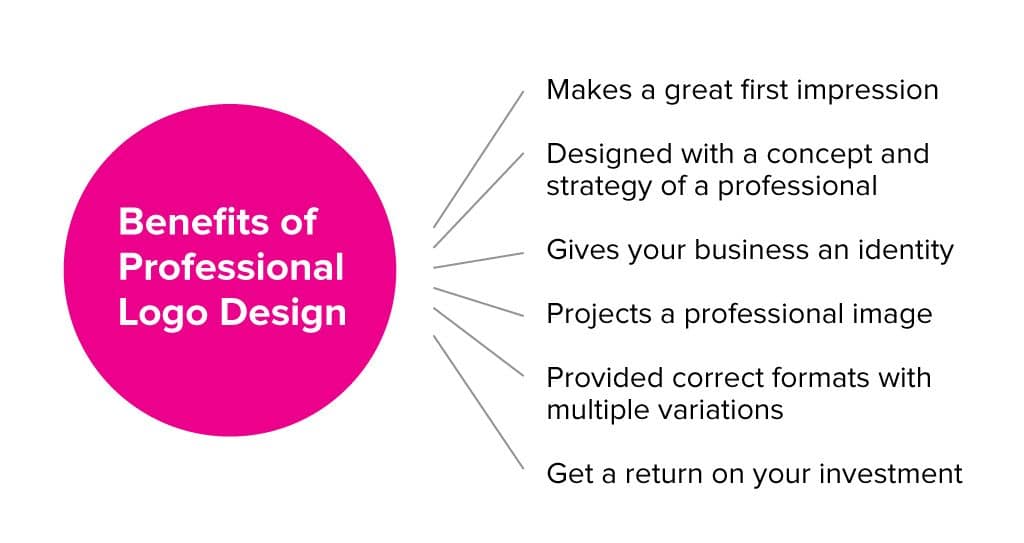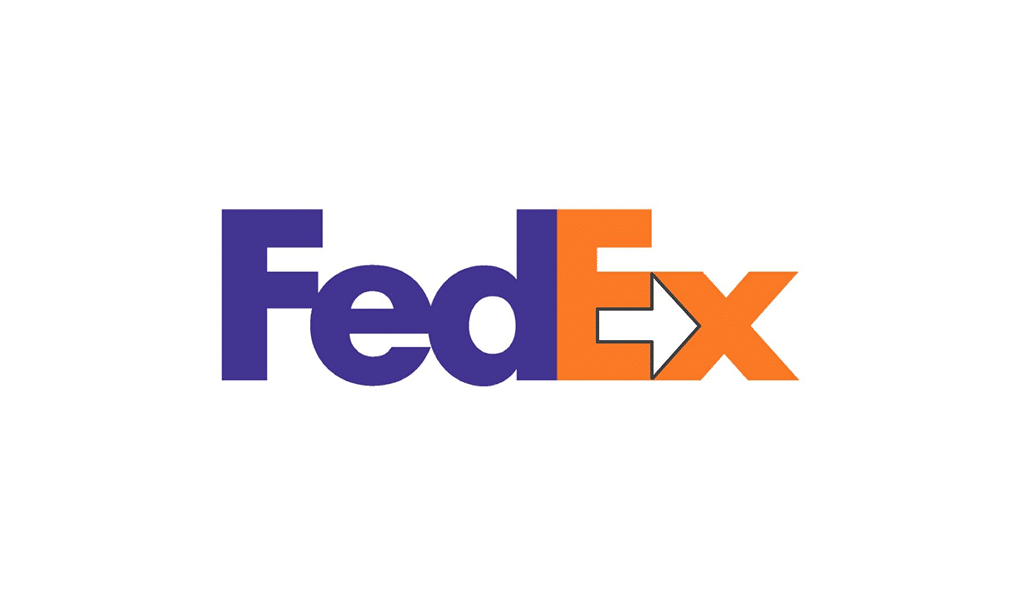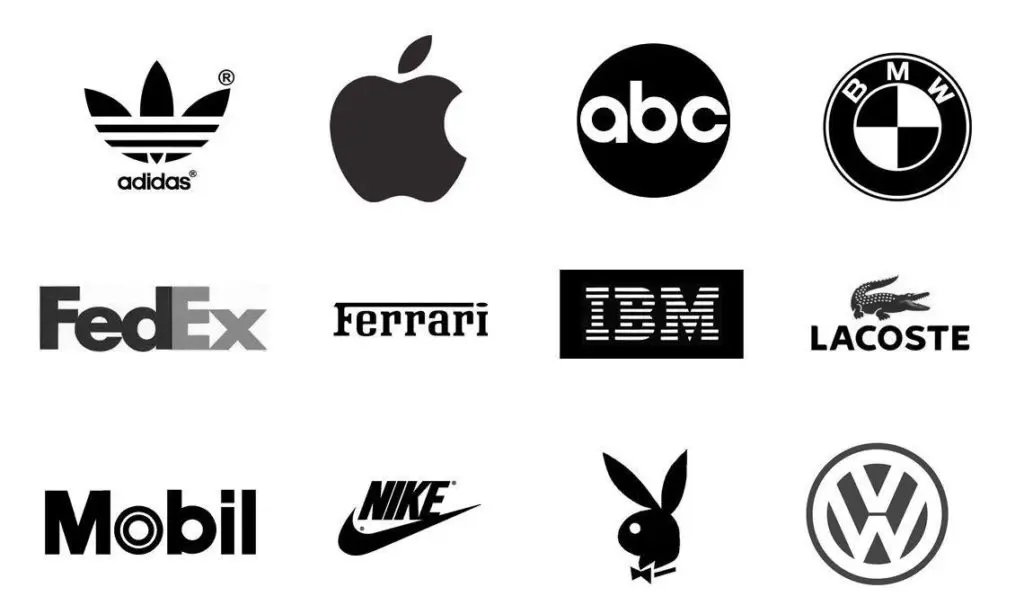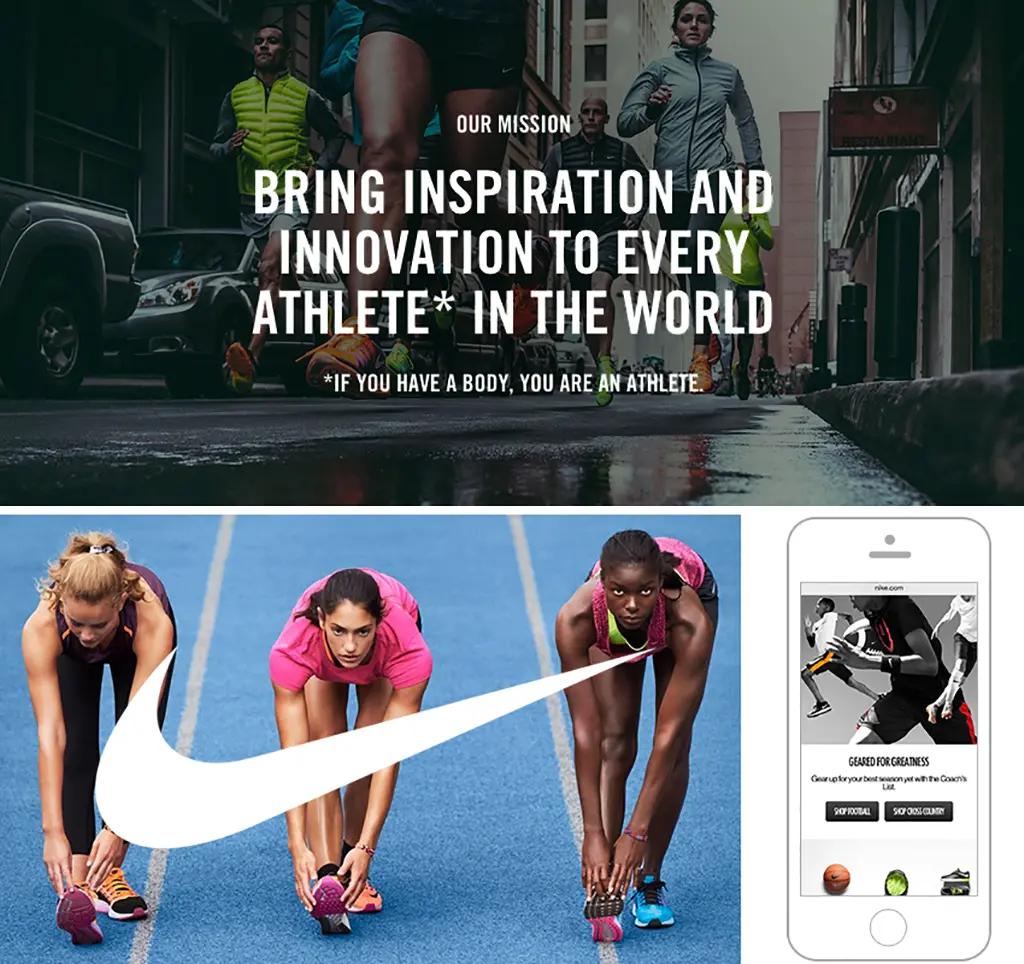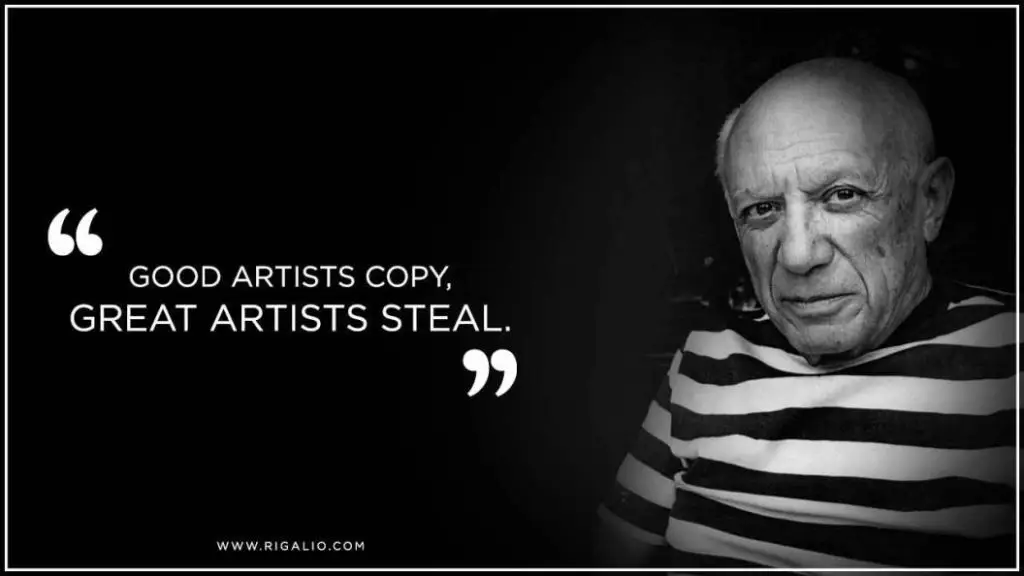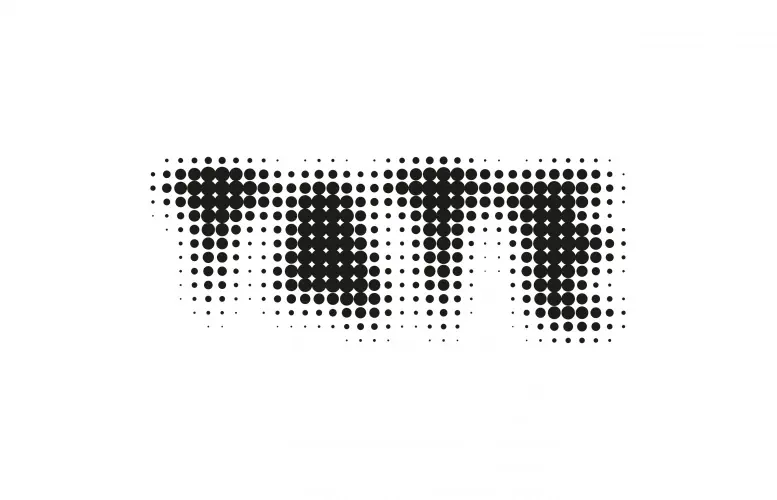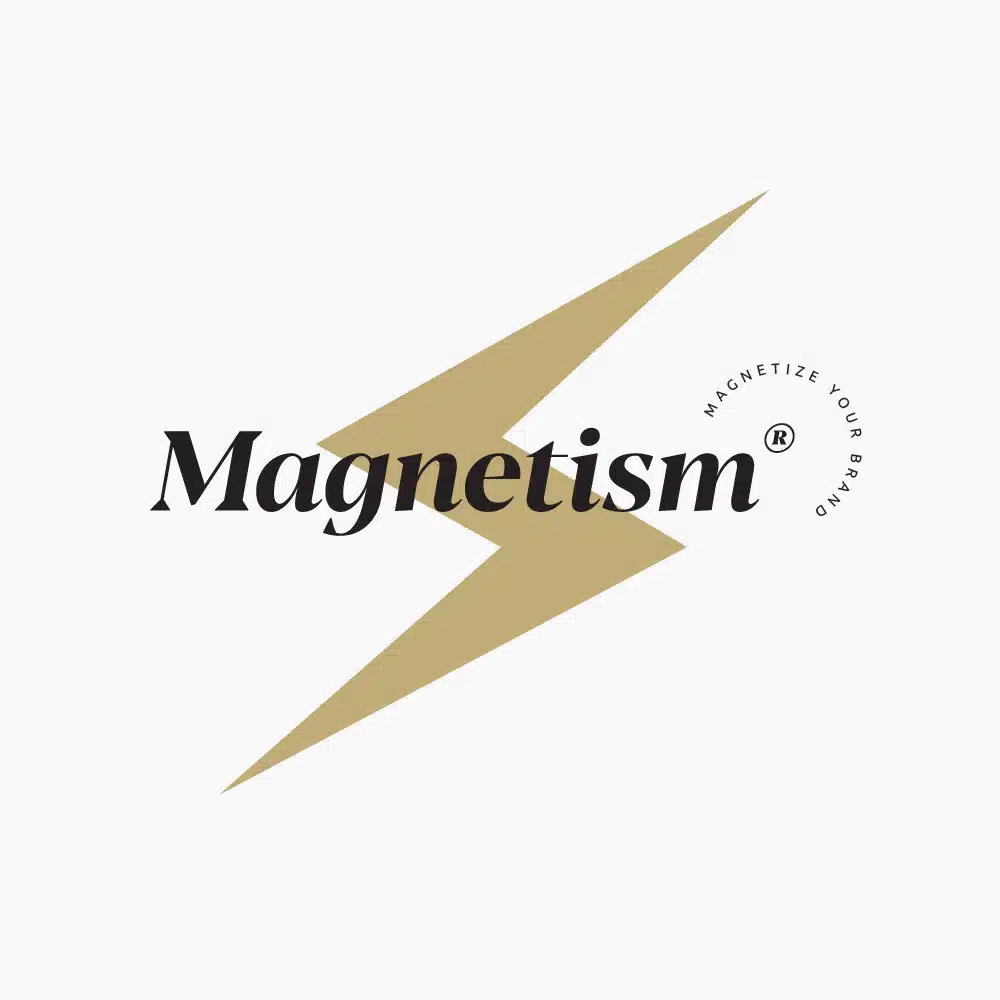A good logo design is more than a static symbol. It carries the significance of a brand’s visual identity, and without one, a brand would lose its meaning.
To leave an everlasting impression on a consumer, having an exceptional logo design is crucial. A good logo design has the power to represent all the values a brand upholds.

But before we get the considerations of designing a logo, let’s understand why logos are so important.
Why are Logos so Important?
Anyone starting a business would be advised to invest in designing a logo, but many people fail to recognize that having a good logo is only the first step in developing a memorable brand identity.
A logo is the keystone of your brand, and no matter what type of brand or business you own, it is important to have a professionally designed logo. Without one, your audience will not be able to identify your company, let alone allow you to outweigh your competitors.
a) A logo is the face (identifier) of your business
When we see a business logo, we frequently visualize a certain brand and your interactions and relationships with the business influence this. When you see the emblem of a company you have previously been affiliated with, you can’t help but think back on your dealings with that particular company.
b) Logos drive consumer decision-making
Words are hard to remember, and they can’t fully express what a brand has to offer. As they say, a picture speaks a thousand words. For a brand to be instantly & easily recognized, its visual identity must be distinctive. Having a good logo is an essential need for a brand.
c) Logos allow for quick brand recognition
Words are not enough to convey what a brand has to offer, and words are difficult to memorize. As the age-old saying goes, a picture is worth 1000 words. A brand’s visual identity needs to be unique so the brand can be quickly & easily identified.
d) Logos make you stand out from your competition
A logo directly identifies a company, and the services or goods it offers. Numerous businesses might provide the same services as yours, but your logo design and brand are the only things that set you apart from the competition. This gives you a chance to create a design that makes a good first impression.
10+ Logo Design Tips (What to Consider Before Designing a Logo)
We are living in an era that depends on digitalization. Since digital platforms are replacing traditional business mediums, it is becoming difficult for businesses and individuals alike to build a visible identity.
Branding techniques are no longer limited to just business cards & stationery. Instead, a lot is required to acquire a reputable position among the competition.
Social media platforms play a vital role in the notion of building brand recognition, and on all of these platforms, a good logo is the one aspect that is always visible.
However, before you proceed to design a logo, there are some essential rules that you need to comply with.
Here are 10 important logo-making tips that every designer & client should consider before starting the logo design process.
If you’re new to things, you can learn more about modern logo designs and aspects to focus on to discover new ideas.
1. Research and analyze the needs & goals of the business
Before creating a logo, you should thoroughly understand the company’s objectives. A brand questionnaire or discovery call is one way to do this. The brand’s ethos and objectives should be reflected in the concept you develop for your brand.
2. Do not rely on trends
Design trends come and go, hence being a trend. Some trends stick for a long time while some remain as periodic fads. While it is essential to keep up with the latest trends, you should not rely entirely on them as it leads to your logo and brand becoming dated quickly.
There is nothing wrong with staying updated about what’s currently trending and what needs to be avoided but solely depending upon trends is another story. It is better to exert your imaginative abilities and think of an idea that is unique from what everyone else has been doing. Make your logo timeless.
3. Consider creating your logo in black & white first
Since there are so many options for choosing specific colors, choosing the ideal color palette can be overwhelming for designers and clients at the outset of a project.
For this reason, it may be advantageous to begin creating your logos in black and white before switching to color. Learn about color psychology in branding here.
4. Pay attention to scalability
When designing a logo, the notion of scalability plays an important role. You will be adding your logo to promotional items such as social media posts, business cards, posters, and even billboards, so your logo needs to work at all these sizes.
Scalability is just as important as the responsiveness of a logo design, meaning how the logo adapts or changes at different sizes and orientations. On this note, some brands even animate their logo, so this could be kept in mind when designing the logo.
For a logo to fit every aspect of traditional and digital branding, you have to ensure it looks good in every possible and relevant format. For that reason, you need to test your logo on both small and large-scale formats and/or create multiple versions of the logo for different use case scenarios.
5. Think out of the box
The ultimate goal of a finished logo should be to make it memorable for consumers and remind them about the brand’s value and aesthetics.
Think differently until you discover something unique and new, start experimenting with numerous styles, such as negative space, and design something cool and inspiring.
Consider telling a story or hiding elements, like those shown above, within the logo design.
6. Strive for minimalism
Having a unique logo does not imply it should be visually complex. Complexity is what needs to be avoided, and for that, you have to depend on the concept of minimalism.
Declutter your ideas and only add or remove design elements that simplify your logo design. When in doubt, remove extra elements.
Use a minimal color palette and select shapes, icons, font styles, and symbols that do not make your visual message too confusing to comprehend.
Understand that less is more. The more elements you add to your logo design, the more complex it becomes.
7. Test your logo on different mediums
While the requisite of scalability plays a great role in a logo’s success, you should also make sure to test yours on different mediums. A logo on a business card or a pamphlet would look different from the one on a website.
Since there is a great difference between desktop, mobile, and print-based platforms, test out its appearance on your website, mobile, printed packaging, and other marketing collateral. A logo has to look good no matter in what format it is: digital, printed, or even as an app or favorite icon.
8. Your logo needs a core concept
What makes a logo powerful is the meaning it conveys. A logo should be able to express the message, values, and vision a certain brand upholds.
The design of the logo should be unique and memorable, achieved by having a core concept with a simple message, though don’t fall into the trap of literally showing what your business does. If you’re a car salesman, you don’t have to have a car in your logo.
9. Learn from the success of others
You can always get inspiration from the work of other designers and businesses, but it is never okay to directly copy the work of others. This is no way to stand out.
Learn from others that are successful, emulate them, and improve on what they have done. Inspiration is crucial in brainstorming new ideas. However, if inspiration is key, then so is creativity.
“Great artists steal, good artists copy.”
– Pablo Picasso.
10. Break the rules
Once you know the rules, break them.
Logos don’t have to be static symbols, and they can adapt, change, and be anything they want to be, as long as it ties into the brand’s goals and ethos.
11. Consider Colors Carefully
We all know the importance of colors in branding as they evoke emotions and convey meanings. Before choosing a color for your brand think about the psychological impact of different colors and how they align with the brand’s personality.
As we have already talked about creating logos in black and white, you must also know that the logo should work in both color and black-and-white settings.
We would suggest you choose colors that are meaningful and attractive to your target audience. This will set your brand apart from your competitors and establish a memorable visual identity.
As individuals, we all wish our brand to last forever, and colors must also be chosen in such a way that it will stand the test of time and remain relevant to the brand.
Frequently Asked Questions
Are trends important for good logo design?
Not at all! When it comes to designing brand relevant logo designs it’s most important that you keep in mind brand goals and aim for a more timeless logo approach.
How do you put a logo on a picture?
When it comes to using your logo on images for branding material, it’s important that you ensure there is a transparent background on the file format. When it comes to software you can use, Photoshop, Illustrator and Canva can do a great job with this.
What’s the most important factor in designing a logo?
When designing a brand logo it’s important that you keep in mind the core concept and brand ethos, but aiming for minimalism can be quite vital. You need to impress on the viewer immediately, with an image that will stick; don't make something too busy; remember your core values, conveyed in one concrete image.
Do brand semiotics need to be considered when designing a logo?
It’s quite the opposite! When your logo is designed around a strong core concept and branding material stays consistent around this theme, if done well, will eventually develop brand semiotics over time.
How important is logo visibility and scale?
Very! When it comes to logos it’s important that you keep in mind your brand colors and also develop alternatives to ensure visibility and scalability. One good idea for this would be to develop a branding playbook with variations and different scales for different marketing material, always maintaining your brand colors and presence.
Does making use of logo design tips improve the quality of your designs?
Yes! Although there is a lot more work that needs to be done with regards to familiarizing yourself with logo creation tools and software, Logo design tips are essentially a road map to successful brand design.
Your Logo Design Journey Starts Here
Great branding and advertising campaigns are not created overnight. The aforementioned points are important in designing a logo that not only works for building your brand’s visual identity but also helps you run a successful business.
A well-designed logo has the ability to bring in more revenue (indirectly), improve customer retention rates, and allow people to trust you as a credible brand. Practice certainly does make perfect, and by following these core tips, you will be able to create a great logo design that drives growth to your brand.
Also, always remember that logo design is more than looks – it’s about understanding your brand deep down. Think values, audience, and industry. Keep it simple, adaptable, and unique.
—
About the author: Nida Asad is creative content writer at Animation Wonder.
